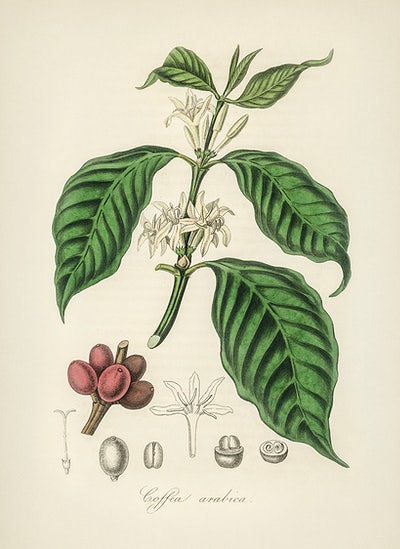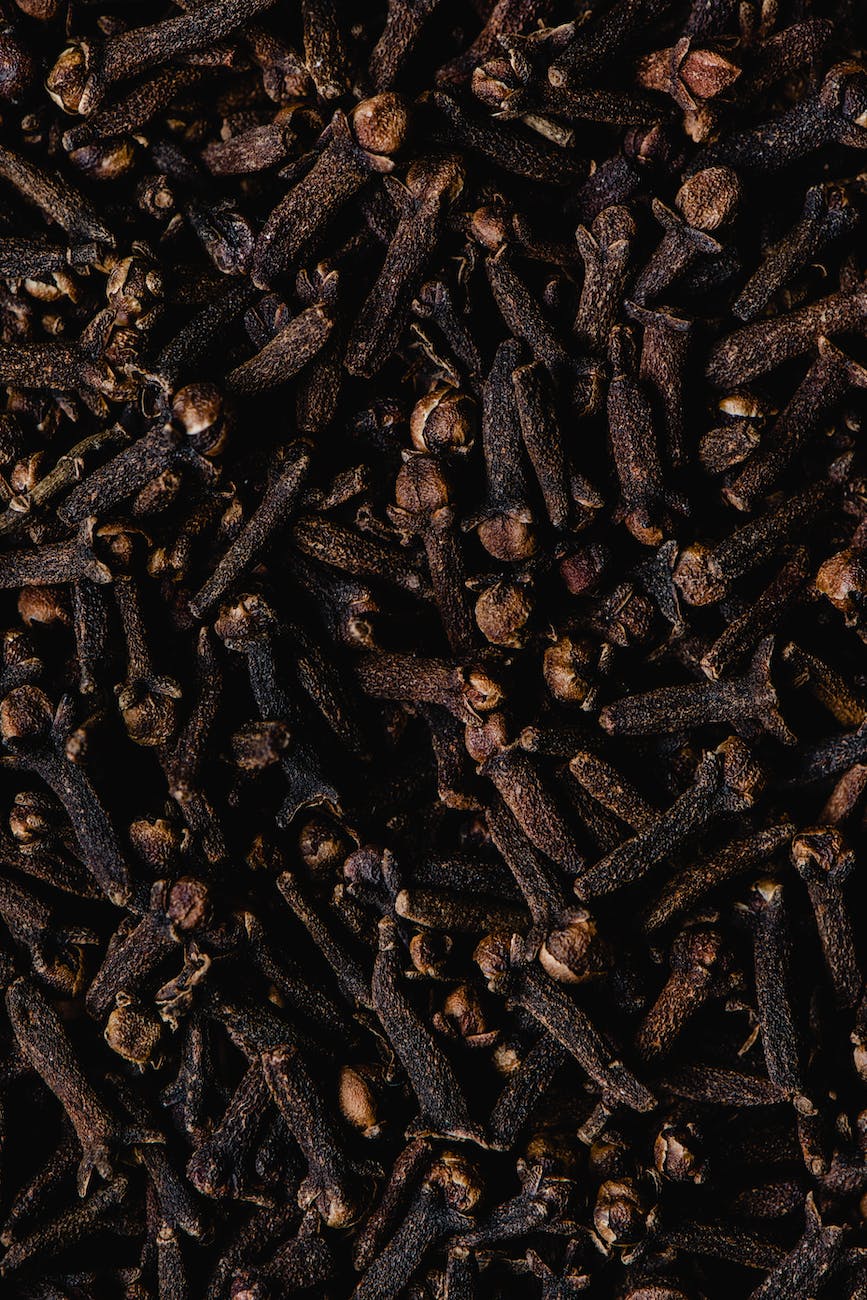
Caffeine: it’s the world’s most widely consumed psychoactive substance and the star ingredient in many of our favorite drinks, including coffee, tea, and energy drinks. While caffeine can have several benefits like improving mental alertness and enhancing physical performance, it can also cause side effects in some people. In this in-depth post, we’ll uncover the potential side effects of caffeine. So, let’s get started! 👩🏫🔍
1. Insomnia and Sleep Disturbances 😴
Caffeine’s primary function is to keep you awake and alert, which can, unfortunately, result in sleep disturbances. Consuming caffeine close to bedtime may result in difficulty falling asleep or staying asleep, leading to insomnia in some individuals. 🌙⏰
2. Digestive Problems 🚽
Caffeine can stimulate the muscles in your digestive system to contract, causing a laxative effect. While this can be beneficial for some, others may experience stomach discomfort, diarrhea, or an upset stomach. 🍽️🔥
3. Increased Heart Rate ❤️
Caffeine is a stimulant that can cause your heart rate to increase or become irregular. This effect is usually temporary, but in people with heart conditions, it can potentially cause serious issues. It’s important for individuals with heart disease to consult with their healthcare provider regarding caffeine intake. 💓📈
4. Anxiety and Restlessness 🙇
In high doses, caffeine can lead to feelings of anxiety and restlessness. The line between being alert and feeling jittery can often be quite thin. If you’re prone to anxiety or panic attacks, you might want to monitor your caffeine intake. 🧘♀️🌀
5. Dependency and Withdrawal Symptoms 🔄
Regular caffeine consumption can lead to physical dependence. When people who are used to consuming caffeine don’t get their usual dose, they can experience withdrawal symptoms like headaches, irritability, and fatigue. These symptoms usually subside after a few days of caffeine discontinuation. ☕️🔄
6. Frequent Urination and Urgency to Urinate 🚻
Caffeine has diuretic properties, which can lead to increased urination. This can also cause an urgent need to urinate, which can be inconvenient in some situations. Be aware of your fluid intake and make sure you stay hydrated. 🚰🚽
7. Pregnancy Risks 👶
High levels of caffeine intake during pregnancy could potentially lead to miscarriage, preterm birth, or low birth weight. Pregnant women are generally advised to limit their caffeine intake. Always consult with your healthcare provider if you’re pregnant or planning to become pregnant. 🤰🩺
8. Increased Blood Pressure 🌡️
While caffeine’s effect on blood pressure isn’t clear, it’s possible that it can temporarily increase blood pressure by blocking a hormone that keeps your arteries widened. If you have high blood pressure, it’s important to discuss caffeine intake with your healthcare provider. 💓🩺
Conclusion 🏁
Caffeine can be a beneficial aid in our daily lives, but it’s crucial to be mindful of potential side effects. Everyone reacts to caffeine differently, so it’s important to listen to your body and adjust your caffeine intake accordingly.
Health is all about balance and individual suitability. So, enjoy your caffeine-rich drinks, but remember to do so in a way that supports your overall well-being. Cheers to a healthier, balanced lifestyle! 🌈💪
Join Our Facebook Community 🤝
Eager to learn more about food, nutrition, and wellness topics? We invite you to join our Facebook group, EatLo. In this friendly community, we share health tips, recipes, and personal experiences. Click here to join the EatLo Facebook Group. We can’t wait to welcome you to the family! 🎉👋
Tags: caffeine, side effects, sleep disturbances, digestion, heart rate, anxiety, dependency, urination, pregnancy, blood pressure.












